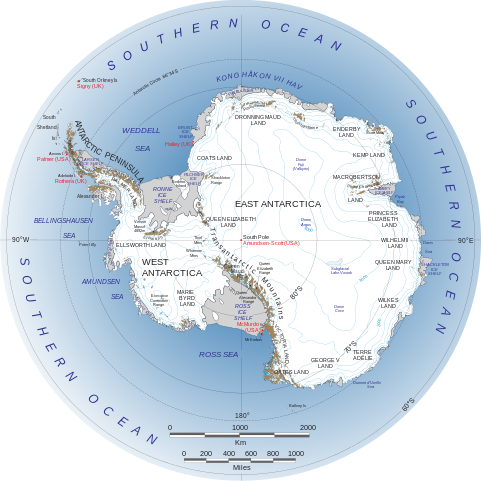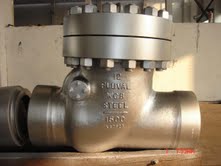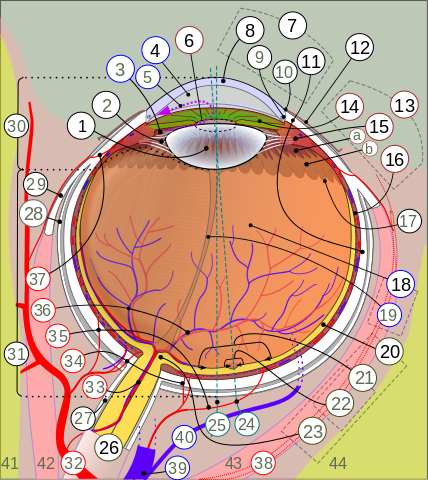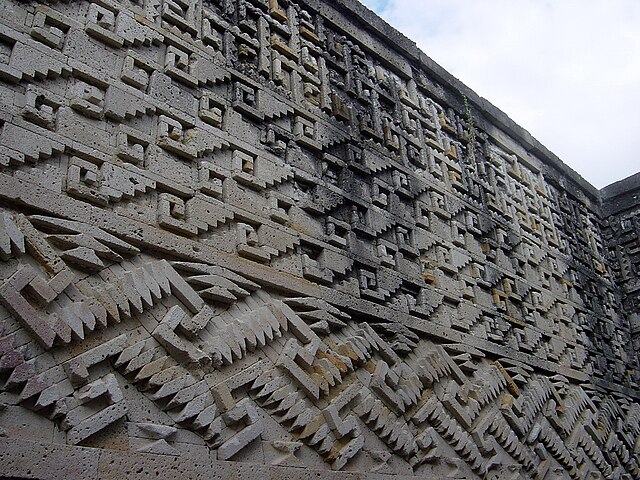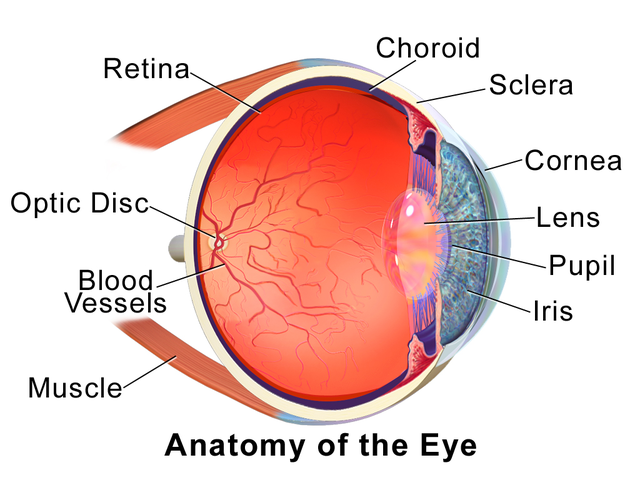We just learned about the Water Nymph and Bitterna.
Another work of American sculpture is the sculpture of Benjamin Franklin by Hiram Powers.
Hiram grew up in Vermont and Ohio, where he learned how to do some sculpture.
When he grew up he moved to Washington D.C. to get better jobs and get noticed for his sculpture, and made sculptures of some of the American heroes like Thomas Jefferson and Benjamin Franklin.
Most of the very famous sculptors of that time were living in Italy, where there were a lot more places to make the art, and it was also a lot easier to get the marble and other things he needed to use.
So Powers moved to Florence, Italy and would make some sculptures there and send them back to America.

(from: wikipedia - hiram powers)
Kid Facts - Blast from the past: Seated Yuima - Jōkei




